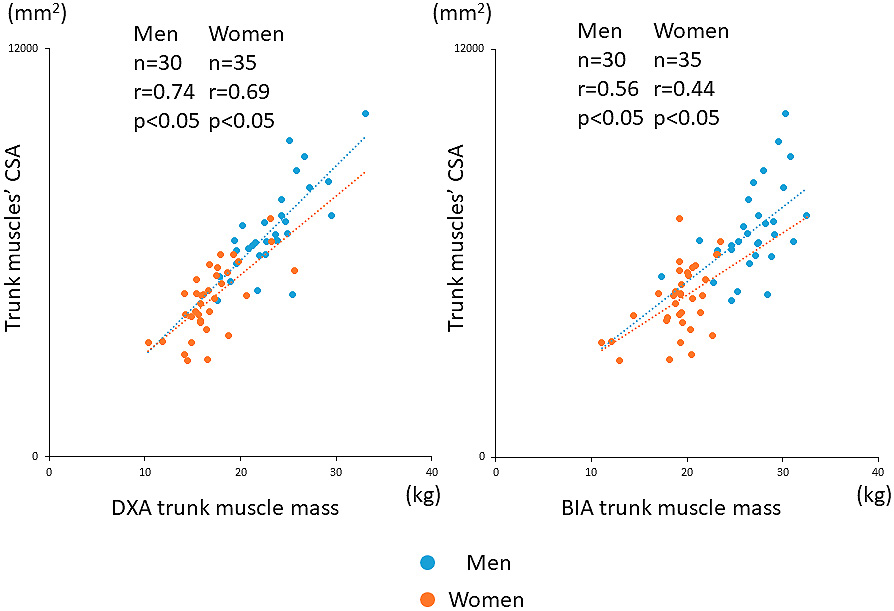-
Kazuki Fujimoto
Department of Orthopaedic Surgery, Chibaken Saiseikai Narashino Hospital Department of Orthopaedic Surgery, Graduate School of Medicine, Chiba University
-
Kazuhide Inage
Department of Orthopaedic Surgery, Graduate School of Medicine, Chiba University
-
Yawara Eguchi
Department of Orthopaedic Surgery, National Hospital Organization, Shimoshizu Hospital
-
Sumihisa Orita
Department of Orthopaedic Surgery, Graduate School of Medicine, Chiba University
-
Toru Toyoguchi
Department of Orthopaedic Surgery, Chiba Qiball Clinic
-
Kazuyo Yamauchi
Department of Orthopaedic Surgery, Graduate School of Medicine, Chiba University
-
Miyako Suzuki
Department of Orthopaedic Surgery, Graduate School of Medicine, Chiba University
-
Go Kubota
Department of Orthopaedic Surgery, Eastern Chiba Medical Center
-
Takeshi Sainoh
Department of Orthopaedic Surgery, Sainou Hospital
-
Jun Sato
Department of Orthopaedic Surgery, Chiba Aoba Municipal Hospital
-
Yasuhiro Shiga
Department of Orthopaedic Surgery, Graduate School of Medicine, Chiba University
-
Koki Abe
Department of Orthopaedic Surgery, Graduate School of Medicine, Chiba University
-
Hirohito Kanamoto
Department of Orthopaedic Surgery, Graduate School of Medicine, Chiba University
-
Masahiro Inoue
Department of Orthopaedic Surgery, Graduate School of Medicine, Chiba University
-
Hideyuki Kinoshita
Department of Orthopaedic Surgery, Graduate School of Medicine, Chiba University
-
Masaki Norimoto
Department of Orthopaedic Surgery, Graduate School of Medicine, Chiba University
-
Tomotaka Umimura
Department of Orthopaedic Surgery, Graduate School of Medicine, Chiba University
-
Masao Koda
Department of Orthopaedic Surgery, Faculty of Medicine, University of Tsukuba
-
Takeo Furuya
Department of Orthopaedic Surgery, Graduate School of Medicine, Chiba University
-
Satoshi Maki
Department of Orthopaedic Surgery, Graduate School of Medicine, Chiba University
-
Tsutomu Akazawa
Department of Orthopaedic Surgery, St. Marianna University School of Medicine
-
Atsushi Terakado
Department of Orthopaedic Surgery, Kitachiba Spine & Sports Clinic
-
Kazuhisa Takahashi
Department of Orthopaedic Surgery, Graduate School of Medicine, Chiba University
-
Seiji Ohtori
Department of Orthopaedic Surgery, Graduate School of Medicine, Chiba University
2019 年 3 巻 4 号 p. 335-341
- Published: 2019/10/27 Received: 2018/06/11 Available on J-STAGE: 2019/10/27 Accepted: 2019/01/11 Advance online publication: 2019/02/28 Revised: -
(EndNote、Reference Manager、ProCite、RefWorksとの互換性あり)
(BibDesk、LaTeXとの互換性あり)



